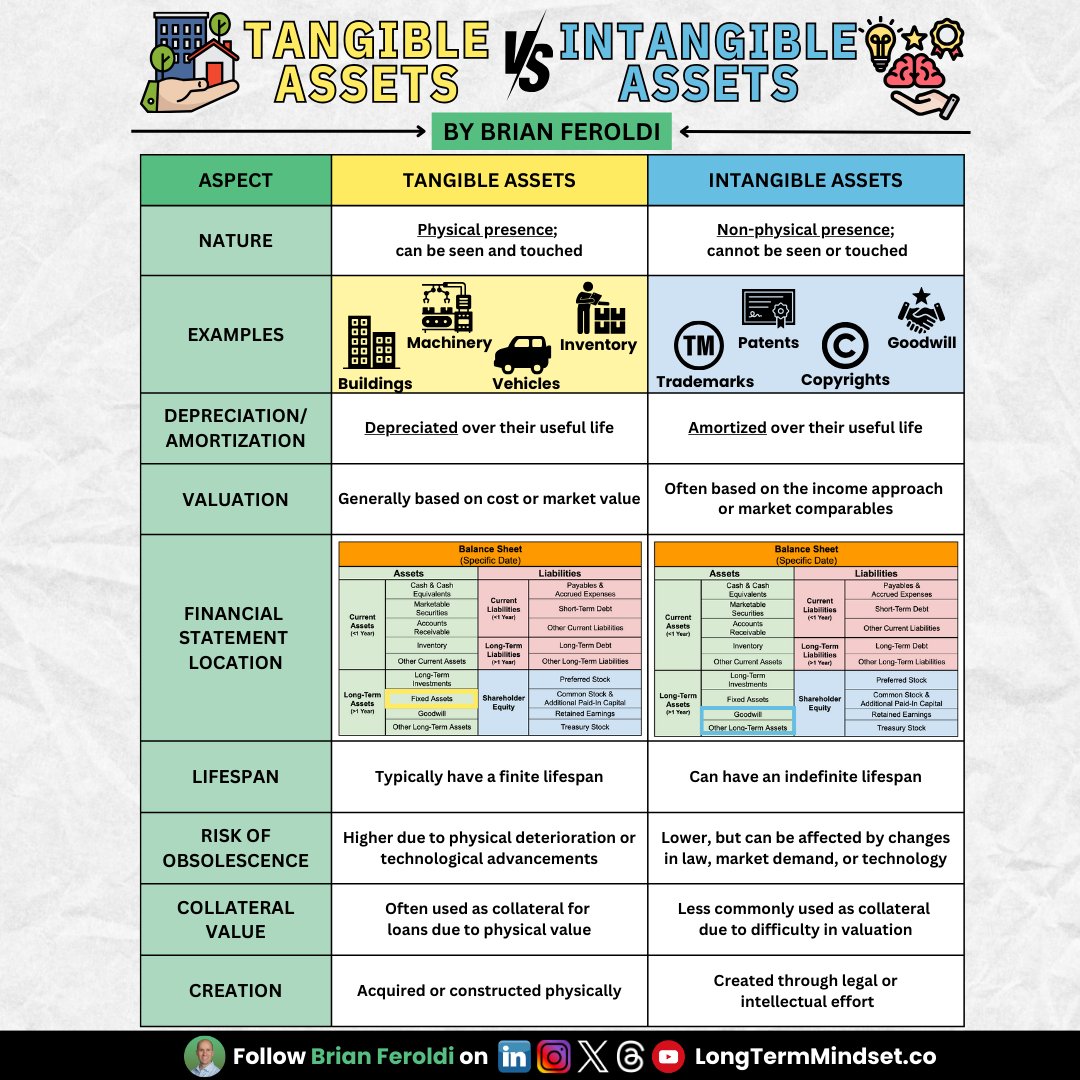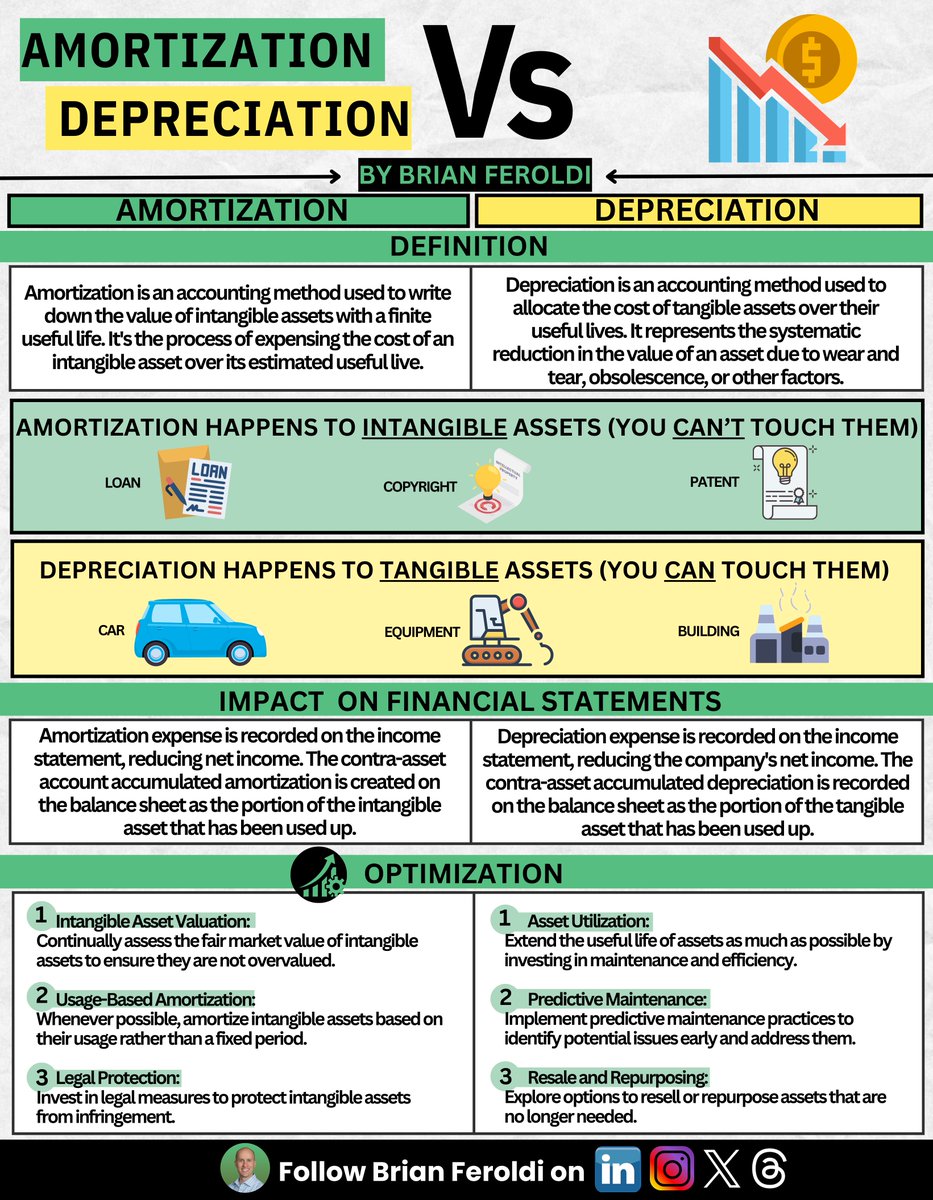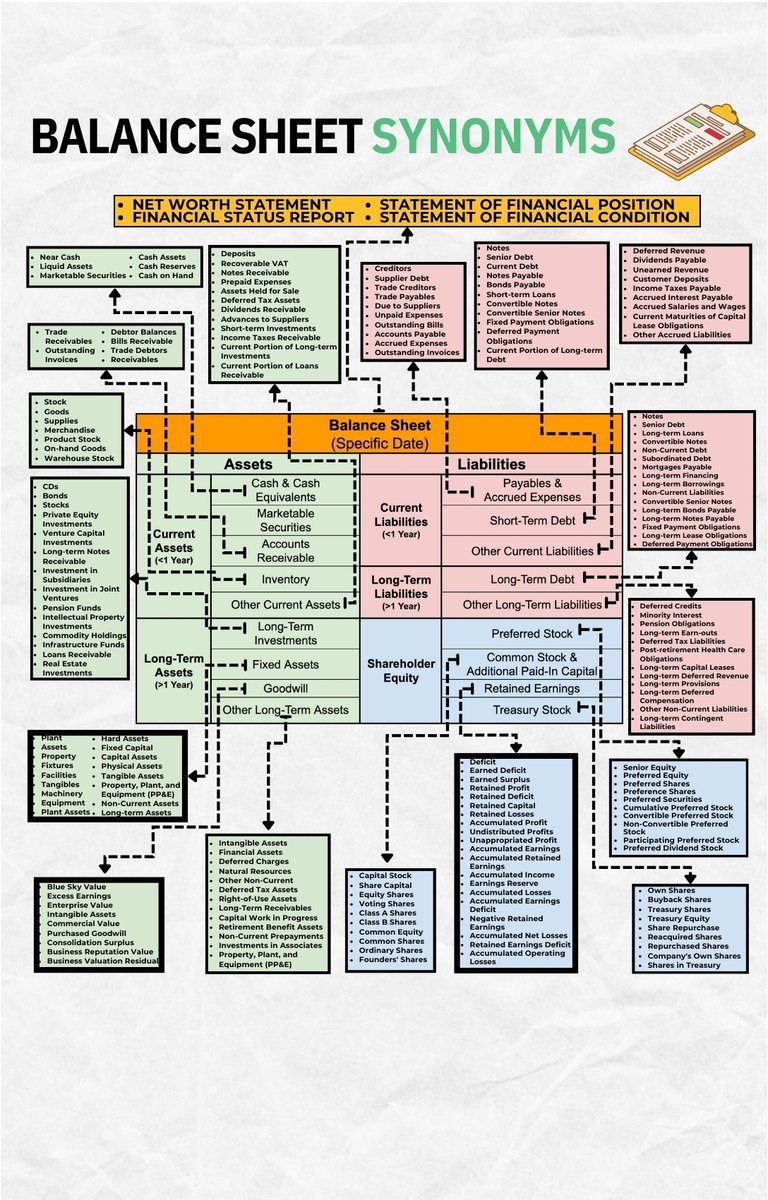If you buy individual stocks, you MUST understand accounting.
These 7 infographics will help you master balance sheet analysis:
1: Balance Sheet Overview
These 7 infographics will help you master balance sheet analysis:
1: Balance Sheet Overview

Want to go deeper into accounting?
Join my upcoming cohort-based course, Advanced Financial Statements Analysis.
Details here:
Interested? DM me for a coupon code. maven.com/brian-feroldi/…

Join my upcoming cohort-based course, Advanced Financial Statements Analysis.
Details here:
Interested? DM me for a coupon code. maven.com/brian-feroldi/…

Enjoy this thread? Follow me @brianferoldi
If you want to share with your followers, retweet the first tweet below:
If you want to share with your followers, retweet the first tweet below:
• • •
Missing some Tweet in this thread? You can try to
force a refresh




























